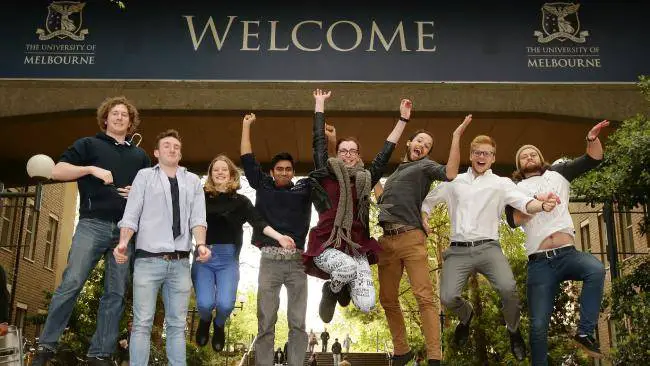PTE Academic speaking read aloud sample practice passages
PTE Academic speaking read aloud sample practice passages.Look at the text below. In 40 seconds, you must read this text aloud as naturally and clearly as possible.
PTE Academic speaking read aloud ,arts and crafts related samples
1.Böttger, Johann Friedrich 1682–1719, German chemist and originator of Dresden china. When the Swedish invasion of Saxony occurred in 1706, Böttger and his aides were removed from Dresden to protect the secret of the process. He developed a variety of glazes, including black and a delicate violet, later much used. He made use of silver and gold in the decoration. His potteries were under royal patronage, and he was made director of the extensive works in 1708. He perfected white porcelain in 1715. The following year he was imprisoned because of an attempt to sell his secret.
2.Antique,the term has been used collectively to designate classical Greek and Roman works of art, particularly sculptures; as an adjective to indicate an object, a period, or a style of ancient or early times; and as a noun, for objects of art, furniture, rugs, pottery, metalwork, costumes, jewelry, and household goods of early production and for old artifacts generally. The demand and prices paid for antiques have led to the widespread making of reproductions and reconstructions, some with spurious marks of age.
3.Basketry, art of weaving or coiling and sewing flexible materials to form vessels or other commodities. The materials used include twigs, roots, strips of hide, splints, osier willows, bamboo splits, cane or rattan, raffia, grasses, straw, and crepe paper. Discoveries in the United States indicate that the use of clay-covered baskets for cooking probably led to making pottery, while in the Andaman Islands pottery was evidently made first. In Egypt baskets used for storing grain in 4000 or 5000 B.C. have been excavated.
PTE Academic speaking read aloud sample practice passages
4.The tombs of Etruria have yielded ancient specimens, and these, as well as much later Roman baskets, display weaving strokes still in use. Basketry has been employed by primitive peoples for rude huts, which they daubed with clay, and for articles of dress and adornment, granaries, traps, boats, cooking utensils, water vessels, and other utilities. There are two types of baskets—woven and coiled or sewn—but variety is afforded by the many different strokes, forms, and methods of decoration.
5.Copenhagen ware, several types of pottery, both underglaze and overglaze, produced in Copenhagen since c.1760. At that time a Frenchman, Louis Fournier, made soft-paste chinaware in the French style. Hard porcelain was introduced in 1775, when pieces with classical figures were in high favor. The Royal Copenhagen Porcelain factory and other factories have produced especially fine tableware and fluted porcelain of the blue Danish pattern.
6.Decorative arts, term referring to a variety of applied visual arts, both two- and three-dimensional, including textiles, metalwork, ceramics, books, and woodwork, as well as to certain aspects of architecture , public buildings, and private houses. It is also applied to numerous household objects that have surfaces suitable for ornamental design; to ecclesiastical vestments and appurtenances; and to personal apparel and belongings, including costumes, jewelry, gold work and silverware, arms and armor, tools, saddles, and automobiles.
7.Knitting, construction of a fabric made of interlocking loops of yarn by means of needles. Knitting, allied in origin to weaving and to the netting and knotting of fishnets and snares, was apparently unknown in Europe before the 15th cent., when it began to be practiced in Italy and Spain. The Scots claimed its invention and also its introduction into France. Hand-knitting needles are of bone, wood, steel, ivory, or celluloid.
8.In 1864, William Cotton patented a machine by which garments and the heels and toes of hosiery might be shaped. Automatic machines were first introduced in 1889. In weft knitting, which includes hand knitting, the fabric is constructed in horizontal courses with one continuous yarn. The basic stitches are the plain (or jersey), purl, and rib. Either flatbed or circular machines may be used. The warp, or chain-loom, machine, generally flatbed, builds vertical chains, or wales, each having a separate yarn.
PTE Academic speaking read aloud sample practice passages
MORE PRACTICE LINKS:
LIST OF REPEATED PTE ESSAY TOPICS
HOW TO IMPROVE READING IN PTE ACADEMIC EXAM
PTE SPEAKING DESCRIBE IMAGE PRACTICE EXERCISE WITH ANSWERS
Please click for PTE Academic Reading material

